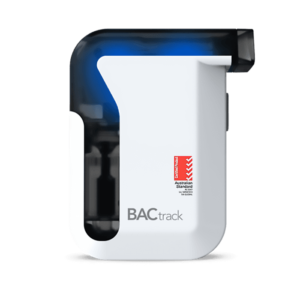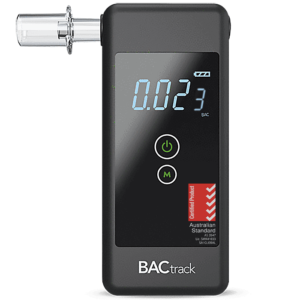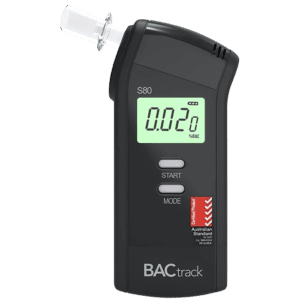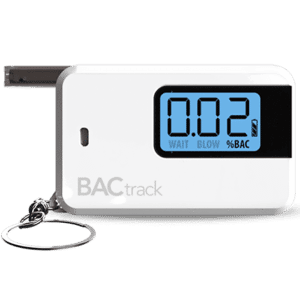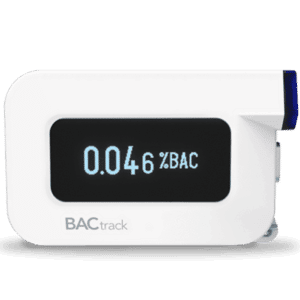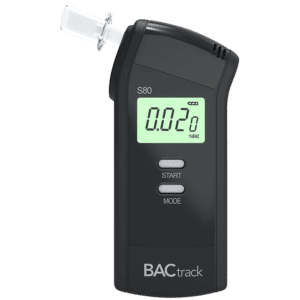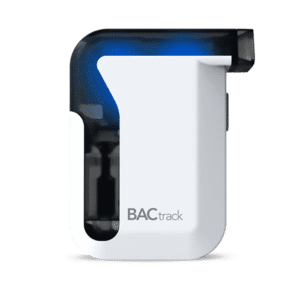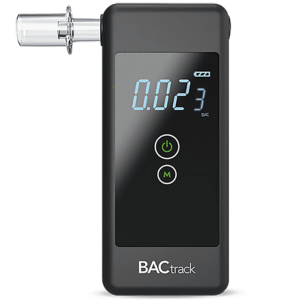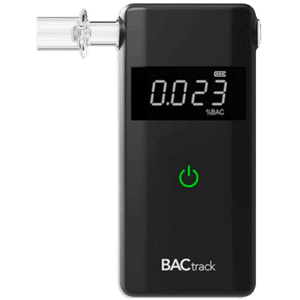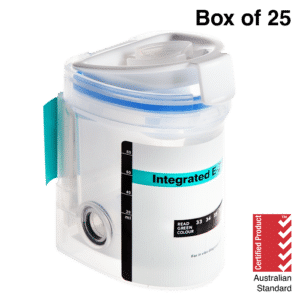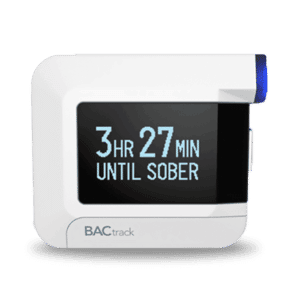Hair Follicle Test: Definition, How It Works, and Accuracy
15 January, 2024
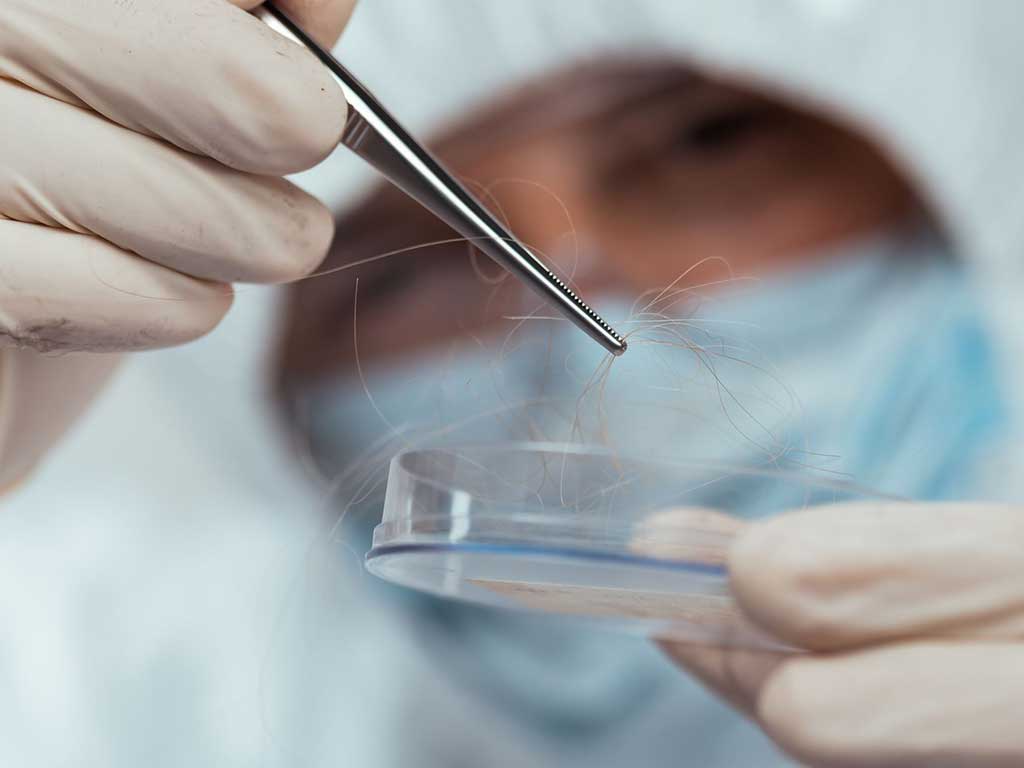
A hair follicle test is a process of detecting alcohol and drug metabolites in hair strands. This method can determine the consumption patterns of a person within the past three months. The test works using advanced laboratory techniques to analyse the hair. The sample undergoes various chemical processes to extract the substances present in the hair shaft. It provides high accuracy in detecting drug metabolites, making it a reliable method for drug testing.
Understanding how hair testing works and its accuracy is crucial, especially for individuals who may be subjected to such tests. It is often conducted in situations where there is a need to obtain evidence of drug use or to assess drug use history. This article will delve into the process, how it works, and the accuracy of hair follicle drug testing. Therefore, it can prepare individuals on what to expect when undergoing the procedure.
What Is a Hair Follicle Test?
A hair follicle test is a non-invasive type of drug testing that can detect a wide range of substances. It involves collecting a small sample of hair, usually from the scalp. Although, body hair can also be used if head hair is not available. The collected sample is secured and sent to a laboratory for analysis.
The results of the hair test can provide information about the type of drug present, the frequency of usage, and the approximate timeline of use. Moreover, it is useful in various settings, such as employment screening, legal proceedings, and substance abuse treatment programs. This can help employers, courts, and health professionals if a person has been using illegal drugs or alcohol.
Furthermore, hair drug testing is a relatively new method for forensic or legal testing. However, with recent developments in technology, it has emerged as a valuable tool for determining substance use accurately. However, this test can be relatively expensive due to its complex process and its longer turnaround time for results.
Advantages Over Other Drug Tests
- A hair drug test has a longer detection period than urine, saliva, and blood tests.
- The sample collection is non-invasive and painless.
- It can provide a cumulative history of drug use from several months from the date of testing.
- It is difficult to cheat or tamper with the results. Hence, it ensures a higher level of accuracy and reliability.
- The hair structure remains stable, making it difficult for the metabolites to be washed out or diluted.
- External contaminants like dirt and sweat do not affect the hair sample.
- It can provide evidence of drug use in cases where other methods might yield false negatives.

How Does a Hair Follicle Test Work?
A hair follicle test analyses the sample for the presence of specific metabolites that are present in the hair shaft. When a person consumes drugs or alcohol, the liver breaks them down into various metabolites. These metabolites then enter the bloodstream and are eventually deposited into the hair follicles. Traces of these substances are detectable as hair grows.
During the test, the administrator takes a sufficient hair sample, approximately 3.8 cm of scalp hair. Then, the sample is washed to remove any external contaminants. It undergoes a series of chemical processes in the laboratory to extract the metabolites from the hair shaft.
One common method used in hair testing is Gas Chromatography-Mass Spectrometry (GC-MS). This technique allows for the identification of specific substances present in the hair sample. Mass spectrometry measures the mass-to-charge ratio of ions, providing information about the structure and composition of the drug. Meanwhile, gas chromatography separates and analyses the individual components of the sample based on their volatility.
Detection Window
Hair testing provides a long window of detection that can extend for months. However, it can vary due to various factors, such as hair growth rate and the time of collection. Substances like marijuana (THC), cocaine, and opiates (heroin, morphine, codeine) have a detection window of 90 days.
However, it is important to note that hair drug tests cannot usually detect substances consumed seven days before collection. Additionally, the detection period for body hair is typically longer as it tends to grow slower. It is worth noting that hair drug tests are typically more accurate in detecting chronic drug use rather than occasional use.
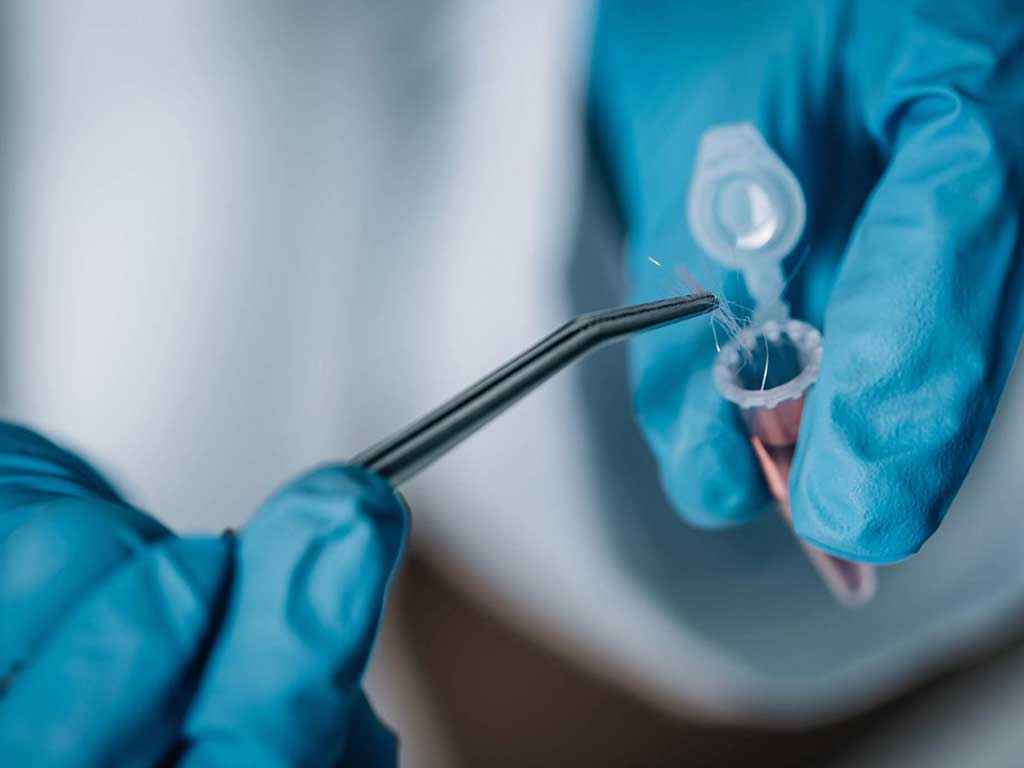
Accuracy of Hair Follicle Tests
Hair follicle tests provide one of the most reliable methods of drug testing. The accuracy of the test is due to the fact that drugs become trapped in the hair as it grows, providing an extended detection period. Therefore, it can determine substance use from several months prior to the test.
Furthermore, hair tests use GC-MS techniques that can identify and quantify specific antibodies. It is a highly accurate and sensitive method that separates the individual components of a sample. This allows for precise drug identification and is less likely to produce false positives. The result of the GC-MS test is admissible in court. In addition, the sample is difficult to tamper with, making it more reliable than other methods.
The results of the hair drug test can be positive or negative. It can also show patterns of drug use, including periods of abstinence. However, it does not quantify the specific amount of substances. Also, it is important to note that positive results do not indicate the level of impairment during collection.
Factors That May Impact Test Results
While hair testing is reliable, there are some factors that may impact the results. Firstly, the rate of hair growth can vary from person to person, which could affect the detection window. Secondly, genetic variables, such as the type of hair, can affect the test.
Moreover, extreme treatments, such as bleach, may damage the hair or alter the hair matrix. These can render the test invalid, requiring a retest using samples from other body parts. Lastly, environmental exposure to drugs can potentially affect the results. However, laboratories typically take precautions to minimise these factors and ensure accurate testing.
Conclusion
A hair follicle test is a valuable tool for detecting illegal drugs and providing a comprehensive history of substance abuse. It offers numerous advantages over other methods, such as a longer detection window and non-invasive sample collection. It is also difficult to tamper due to the stability of the hair structure. However, it requires laboratory analysis and may be more expensive. Hence, it is suitable for situations that require a more thorough and accurate assessment of drug use.
The test can provide valuable information in various settings, such as employment screening, legal cases, and addiction treatment programs. It is also essential to be aware of the factors that can impact the results. One of these is the use of extreme treatments like bleach, which can render the test invalid. While it may be more expensive and longer to give the results, it is one of the most reliable methods of drug and alcohol testing.


















